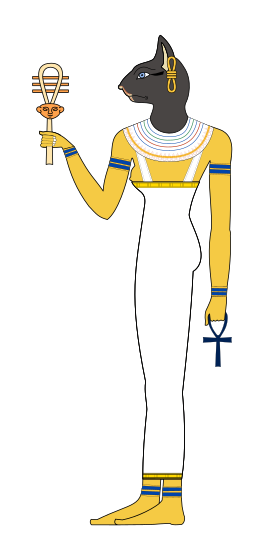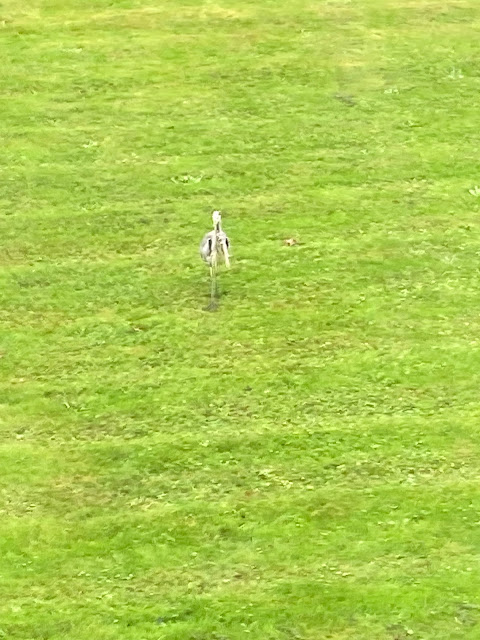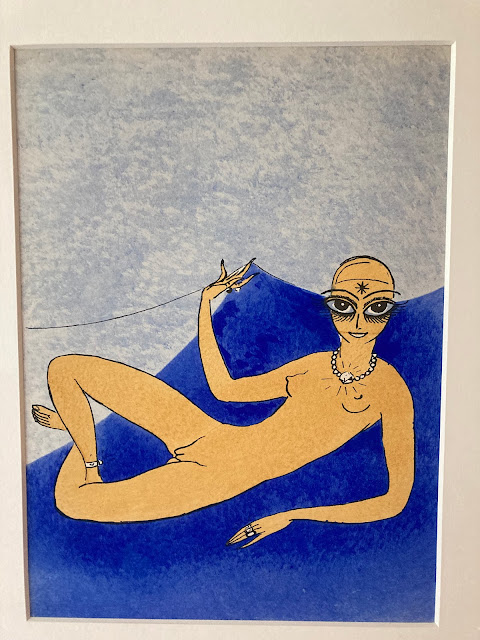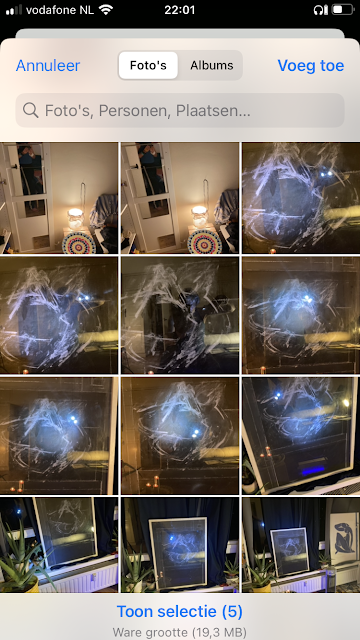Free Vector | Egypt cat goddess bastet. egyptian god, ancient figurine sitting, black statue feline, souvenir statuette, vector illustration
Gerelateerde zoekopdrachten
Afbeeldingen
Egyptian Goddess Bastet Leaning on a Pillar - SoulStar Metaphysics
Bastet of Bast - Godin, Deity of Mythologisch Schepsel Met Kat of Symbool Van De Leeuwin Het Hoofdholding Ankh Legendarisch Vector Illustratie - Illustration of dier, godin: 135111827
Ancient Egyptian goddess Bastet. Ancient Egyptian catwoman with gold jewelry. AI Stock Illustration | Adobe Stock
Bastet, the Goddess of cats by Romazeo on DeviantArt
Bastet
| Bastet | ||||
|---|---|---|---|---|
 | ||||
| Name in hieroglyphs | ||||
| Major cult center | Bubastis | |||
| Symbol | lioness, cat, ointment jar, sistrum, solar disk | |||
| Personal information | ||||
| Parents | Ra and Isis | |||
| Siblings | Horus and Anhur (half-brothers) | |||
| Consort | Ptah (in some myths) | |||
| Offspring | Maahes | |||
Bastet or Bast (Ancient Egyptian: bꜣstjt, Coptic: Ⲟⲩⲃⲁⲥⲧⲉ, romanized: Oubaste[2] /ʔuːˈβastə/, Phoenician: 𐤀𐤁𐤎𐤕,[3] romanized: ’bst, or 𐤁𐤎𐤕,[4] romanized: bst) is a goddess of ancient Egyptian religion, worshipped as early as the Second Dynasty (2890 BCE). Her name also is rendered as B'sst, Baast, Ubaste, and Baset.[5] In ancient Greek religion, she was known as Ailuros (Koinē Greek: αἴλουρος, lit. 'cat').
Bastet was worshipped in Bubastis in Lower Egypt, originally as a lioness goddess, a role shared by other deities such as Sekhmet. Eventually Bastet and Sekhmet were characterized as two aspects of the same goddess, with Sekhmet representing the powerful warrior and protector aspect, and Bastet, who increasingly was depicted as a cat, representing a gentler aspect.[6]
Name[edit]
Bastet, the form of the name that is most commonly adopted by Egyptologists today because of its use in later dynasties, is a modern convention offering one possible reconstruction. In early Egyptian hieroglyphs, her name appears to have been bꜣstt. James Peter Allen vocalizes the original form of the name as buʔístit or buʔístiat, with ʔ representing a glottal stop.[7] In Middle Egyptian writing, the second t marks a feminine ending but usually was not pronounced, and the aleph ꜣ (![]() ) may have moved to a position before the accented syllable, ꜣbst.[8] By the first millennium, then, bꜣstt would have been something like *Ubaste (< *Ubastat) in Egyptian speech, later becoming Coptic Oubaste.[8]
) may have moved to a position before the accented syllable, ꜣbst.[8] By the first millennium, then, bꜣstt would have been something like *Ubaste (< *Ubastat) in Egyptian speech, later becoming Coptic Oubaste.[8]

What the name of the goddess means remains uncertain.[8] Names of ancient Egyptian deities often were represented as references to associations or with euphemisms, being cult secrets. One recent suggestion by Stephen Quirke (Ancient Egyptian Religion) explains Bastet as meaning, "She of the ointment jar".[9] This ties in with the observation that her name was written with the hieroglyph for ointment jar (bꜣs) and that she was associated with protective ointments, among other things.[8] The name of the material known as alabaster might, through Greek, come from the name of the goddess. This association would have come about much later than when the goddess was a protective lioness goddess, however, and is useful only in deciphering the origin of the term, alabaster.
| Part of a series on |
| Ancient Egyptian religion |
|---|
 |
James P. Allen instead derives the name as a nisba construction from a place name "Baset" (bꜣst) with the meaning "she of bꜣst".[7]
Role in ancient Egypt[edit]
Bastet was originally a fierce lioness warrior goddess of the sun, worshipped throughout most of ancient Egyptian history. Later she became the cat goddess that is familiar today.[10] She then was depicted as the daughter of Ra and Isis, and the consort of Ptah, with whom she had a son, Maahes.[10]
As protector of Lower Egypt, she was seen as defender of the king, and consequently of the sun god, Ra. Along with other deities such as Hathor, Sekhmet, and Isis, Bastet was associated with the Eye of Ra.[11] She has been depicted as fighting the evil snake named Apep, an enemy of Ra.[12] In addition to her solar connections, she was also related to Wadjet, one of the oldest Egyptian goddesses from the Southern Delta who was dubbed "eye of the moon".[13]
Bastet was also a goddess of pregnancy and childbirth, possibly because of the fertility of the domestic cat.[14]
Images of Bastet were often created from alabaster. The goddess was sometimes depicted holding a ceremonial sistrum in one hand and an aegis in the other—the aegis usually resembling a collar or gorget, embellished with a lioness head.
Bastet was also depicted as the goddess of protection against contagious diseases and evil spirits.[15]
History[edit]

Bastet first appears in the third millennium BCE, where she is depicted as either a fierce lioness or a woman with the head of a lioness.[16] Two thousand years later, during the Third Intermediate Period of Egypt (c. 1070–712 BC), Bastet began to be depicted as a domestic cat or a cat-headed woman.[17]
Scribes of the New Kingdom and later eras began referring to her with an additional feminine suffix, as Bastet. The name change is thought to have been added to emphasize pronunciation of the ending t sound, often left silent.[citation needed]
Cats in ancient Egypt were highly revered, partly due to their ability to combat vermin such as mice, rats (which threatened key food supplies), and snakes—especially cobras. Cats of royalty were, in some instances, known to be dressed in golden jewelry and were allowed to eat from the plates of their owners. Dennis C. Turner and Patrick Bateson estimate that during the Twenty-second Dynasty (c. 945–715 BC), Bastet worship changed from being a lioness deity into being predominantly a major cat deity.[6] Because domestic cats tend to be tender and protective of their offspring, Bastet was also regarded as a good mother and sometimes was depicted with numerous kittens.
The native Egyptian rulers were replaced by Greeks during an occupation of Ancient Egypt in the Ptolemaic Dynasty that lasted almost 300 years. The Greeks sometimes equated Bastet with one of their goddesses, Artemis.[14] Bastet was depicted by Egyptians with the head of a cat and the slender body of a woman. Sometimes, Basted was venerated as just a cat head.

Bubastis[edit]
Bastet was a local deity whose religious sect was centered in the city in the Nile Delta later named Bubastis. It lay near what is known today as Zagazig.[16][18] The town, known in Egyptian as pr-bꜣstt (also transliterated as Per-Bastet), carries her name, literally meaning House of Bastet. It was known in Greek as Boubastis (Βούβαστις) and translated into Hebrew as Pî-beset, spelled without the initial t sound of the last syllable.[8] In the biblical Book of Ezekiel 30:17, the town appears in the Hebrew form Pibeseth.[16]
Temple[edit]

Herodotus, an ancient Greek historian who traveled in Egypt in the fifth century BCE, describes Bastet's temple at some length:[19]
This description by Herodotus and several Egyptian texts suggest that water surrounded the temple on three (out of four) sides, forming a type of lake known as, isheru, not too dissimilar from that surrounding the temple of the mother goddess Mut in Karnak at Thebes.[16] These lakes were typical components of temples devoted to a number of lioness goddesses, who are said to represent one original goddess, Bastet, Mut, Tefnut, Hathor, and Sakhmet,[16] and came to be associated with sun gods such as Horus and Ra as well as the Eye of Ra. Each of them had to be appeased by a specific set of rituals.[16] One myth relates that a lioness, fiery and wrathful, was once cooled down by the water of the lake, transformed into a gentle cat, and settled in the temple.[16]
At the Bubastis temple, some cats were found to have been mummified and buried, many next to their owners. More than 300,000 mummified cats were discovered when Bastet's temple was excavated. Turner and Bateson suggest that the status of the cat was roughly equivalent to that of the cow in modern India. The death of a cat might leave a family in great mourning and those who could, would have them embalmed or buried in cat cemeteries—pointing to the great prevalence of the cult of Bastet. Extensive burials of cat remains were found not only at Bubastis, but also at Beni Hasan and Saqqara. In 1888, a farmer uncovered a burial site of many hundreds of thousands of cats in Beni Hasan.[6]
Festival[edit]
Herodotus also relates that of the many solemn festivals held in Egypt, the most important and most popular one was that celebrated in Bubastis in honor of this goddess.[20][21] Each year on the day of her festival, the town was said to have attracted some 700,000 visitors, both men and women (but not children), who arrived in numerous crowded ships. The women engaged in music, song, and dance on their way to the place. Great sacrifices were made and prodigious amounts of wine were drunk—more than was the case throughout the year.[22] This accords well with Egyptian sources that prescribe that lioness goddesses are to be appeased with the "feasts of drunkenness".[8] A festival of Bastet was known to be celebrated during the New Kingdom at Bubastis. The block statue from the eighteenth dynasty (c. 1380 BC) of Nefer-ka, the wab-priest of Sekhmet,[23] provides written evidence for this. The inscription suggests that the king, Amenhotep III, was present at the event and had great offerings made to the deity.
See also[edit]
De tweede dynastie van het oude Egypte begint met de regering van Hotepsechemoei in (ca.) 2853 v.Chr. en loopt tot (ca.) 2707 v.Chr.
Zoekresultaten
Bastet
| Bastet | ||||||
|---|---|---|---|---|---|---|
| Bast, Ubasti, Pasht, Pakhet, Bubastet | ||||||
Bastet in hiërogliefen | ||||||
| Bastet | ||||||
| Oorsprong | Egyptische mythologie | |||||
| Periode | 2e dynastie van Egypte | |||||
| Cultuscentrum | Boebastis | |||||
| Gedaante | Vrouw met kattenhoofd | |||||
| Dierlijke verschijning | Kat, Leeuwin, Nijlpaard | |||||
| Associatie | vrede, liefde | |||||
| Griekse god | Artemis | |||||
 | ||||||
| ||||||
Bastet (oorspronkelijk: Bast, ook Pakhet, Ubasti en Bubastet) was in de Egyptische mythologie een vruchtbaarheidsgodin, voorgesteld als een kat. In haar oudste vorm kon ze ook zijn weergegeven met een leeuwinnenhoofd en een ankh. Het is de godin van vreugde, dans, muziek, feest, leven en warmte.
Zij komt voor sinds de 2e dynastie en werd toen als beschermster van de farao beschouwd. Meestal heeft ze een sistrum vast. Ze kan ook afgebeeld worden als een moeder die haar jongen zoogt.
Mythologie[bewerken | brontekst bewerken]
Bastet had de macht om een zonsverduistering op te roepen, en was ook een vruchtbaarheidsgodin. Zij vertegenwoordigde de goedaardige kant van de godin Hathor. Als haar tegenpool werd de straffende godin Sekhmet genoemd. Deze drie samen vormden een godentriade. Bastet was de dochter van Osiris en Isis, de gezellin van Ptah en de moeder van Miysis en Nefertem.
Zo was Bastet ook de beschermster van de huisvrouw en werd op zeker ogenblik met parfum geassocieerd. Bij haar feesten werd enorm veel wijn gedronken en zouden er zo'n 700.000 bezoekers zijn geweest. Dit had te maken met de regeneratie van de farao die na een aantal jaren zijn vruchtbaarheid moest bewijzen of herstellen tijdens een enorm festival aan de Nijl-delta. Priesteressen voltrokken daarbij talloze vruchtbaarheidsrituelen waarbij mannen behulpzaam waren.
Tijdens de Ptolemaeïsche periode in Egypte werd Bastet gelijkgesteld aan Artemis, en verschoof haar domein van zons- naar maansverduisteringen. De maan wordt meestal met het vrouwelijke geassocieerd vanwege haar (menstruatie)cyclus. Het was de vrouw die de tijdmeting (mensura) en de kalender (maand) opstelde. Daarbij werden de drie zichtbare fasen van de maan als referentiepunten gebruikt. Ter associatie kwam ook vaak het geloof in godinnen met drie verschijningsvormen tot stand. Men noemt dit een trias of triade, een drie-eenheid. Bastet - Hathor - Sechmet was zo'n triade. Omgekeerd kan het voorkomen van een godinnentrias ook een aanwijzing zijn voor een oudere religie met een (moeder)godin als hoogste godheid.
Verering[bewerken | brontekst bewerken]
Haar cultus was vooral rond de stad Boebastis gecentraliseerd, waar zij aldus Herodotos de mooiste tempel van het hele land had en met het grootst aantal aanhangers. Ze had haar feesten waarin uitbundig feest werd gevierd. Mogelijk is dat er ook vruchtbaarheidsculten op het feest werden uitgevoerd.
Vanwege het feit dat ook Moet werd afgebeeld als een godin met leeuwinnenhoofd (dit was de manier waarop het 'Oog van Ra' normaal werd voorgesteld), raakten deze twee godinnen geassocieerd als Moet-Bastet.
Afbeelding[bewerken | brontekst bewerken]
De godin wordt afgebeeld met een kattenkop, zij komt al voor sinds de 2e dynastie en werd toen als beschermster van de farao beschouwd. In haar bekendste (latere) vorm zien we haar als een kat of een vrouw met een kattenhoofd. Meestal heeft deze een sistrum of muziekinstrument vast. Ze kan ook uitgebeeld worden als een moeder die haar kittens zoogt.
Literatuur[bewerken | brontekst bewerken]
- Balter, Michael The Goddess and the Bull, Free Press, 2005.
- Ergener, Reşit Antaloia land of Mother Goddess (1988), Hitit publication Ankara, ISBN 975-7521-02-7.
- Walker, Barbara G. The Woman's Encyclopedia of Myths and Secrets (1986), Harper & Row, Londen, ISBN 0-06-250925-X
Sechmet
| Sechmet | |||||||
|---|---|---|---|---|---|---|---|
| Sechmet, Sekhmet, Sachmet, Sakhet, Sakhmet, Moet-Sechmet, Hathor-Sechmet | |||||||
Sechmet in hiërogliefen | |||||||
| Sechmet | |||||||
| Oorsprong | Egyptische mythologie | ||||||
| Cultuscentrum | Memphis | ||||||
| Gedaante | Vrouw met leeuwinnenkop | ||||||
| Dierlijke verschijning | Leeuwin | ||||||
| Associatie | Genezing, beschermster van zonnegod, Oog van Ra | ||||||
| Verwantschap | |||||||
| Ouders | Ra | ||||||
| Partner | Ptah | ||||||
 | |||||||
Sechmet | |||||||
| |||||||
Sechmet (de Machtige), ook Sekhmet, Sakhmet, Moet-Sechmet of Hathor-Sechmet, is een godin uit de Egyptische mythologie, ook wel het Oog van Ra genoemd. Ze is de vrouw van Ptah, en door sommigen werd ze gezien als de moeder van Nefertem. Sechmet had een leeuwenkop en was de godin van de vergelding, ziekte en leeuwinnen. In de ogen van de Egyptenaren was ze een zeer krachtige godin. Sechmet symboliseerde de verwoestende kracht van de zon. Haar cultus vond vooral plaats in Memphis.
Sechmet is de destructieve vorm van de godin Hathor of Moet, en de dochter van Ra. In de Egyptische mythologie was de zonnegod Ra de eerste farao, maar op den duur werd zijn menselijk lichaam oud en de mensen hoonden hem weg. Hierop zond hij Hathor in de vorm van Sechmet naar de aarde, waar de godin haar bloeddorst op de mensen botvierde. Uiteindelijk lieten de goden haar een meer van bier drinken, waarvan Sechmet dacht dat het bloed was, om zo de slachtingen een halt toe te roepen.
In de loop der tijd vereerden de Egyptenaren Hathor en Sechmet als twee verschillende godheden, hoewel zij oorspronkelijk aspecten van dezelfde godheid waren. Sechmet kon ziektes veroorzaken, maar werd ook vaak aangeroepen om een ziekte te genezen. In haar genezende vorm stond ze ook bekend als Werethekau.

































Geen opmerkingen:
Een reactie posten